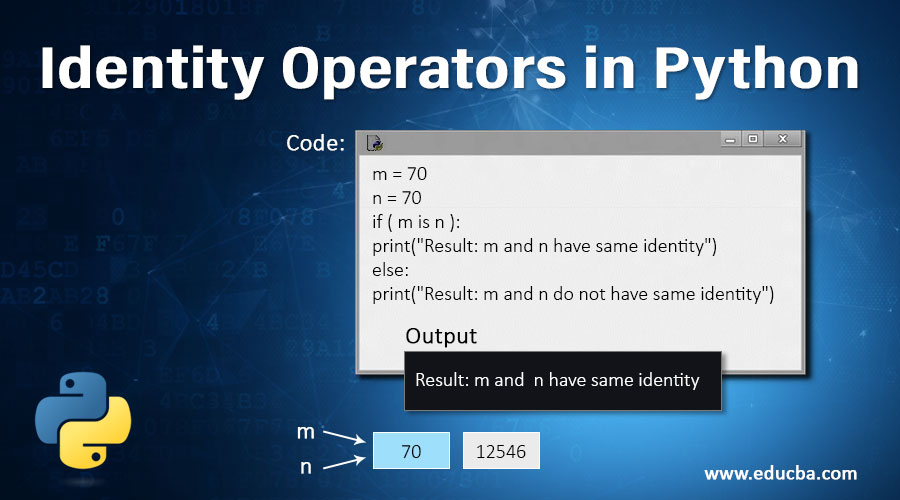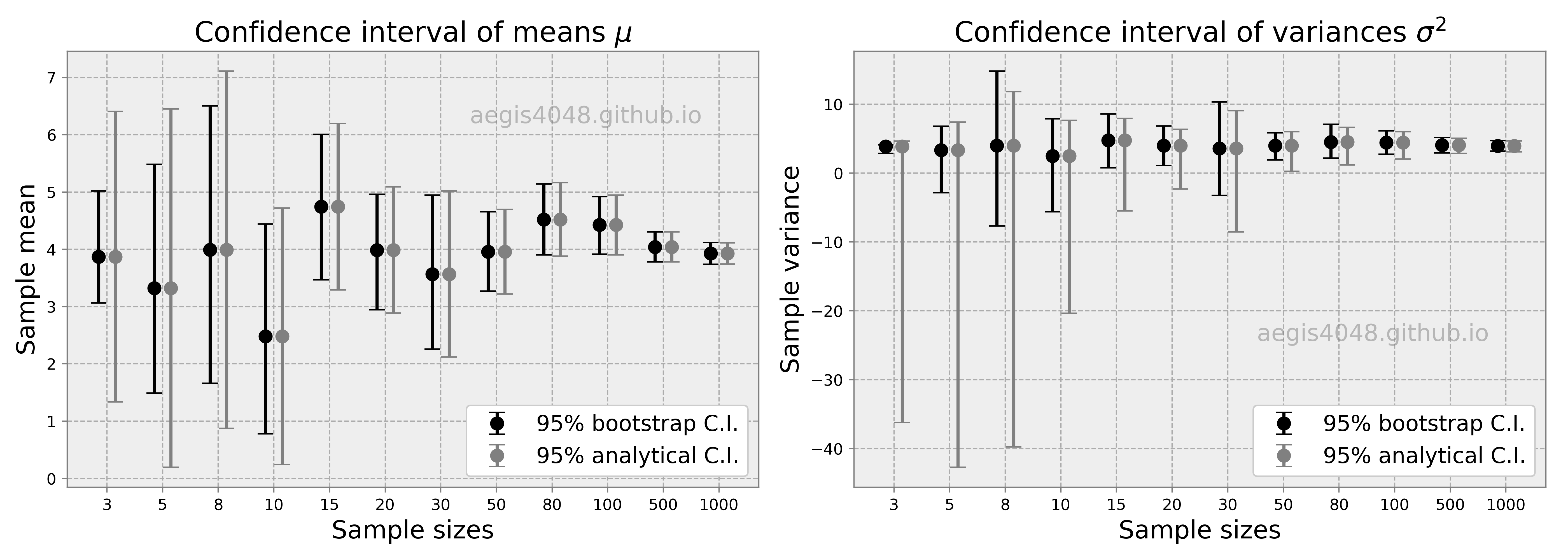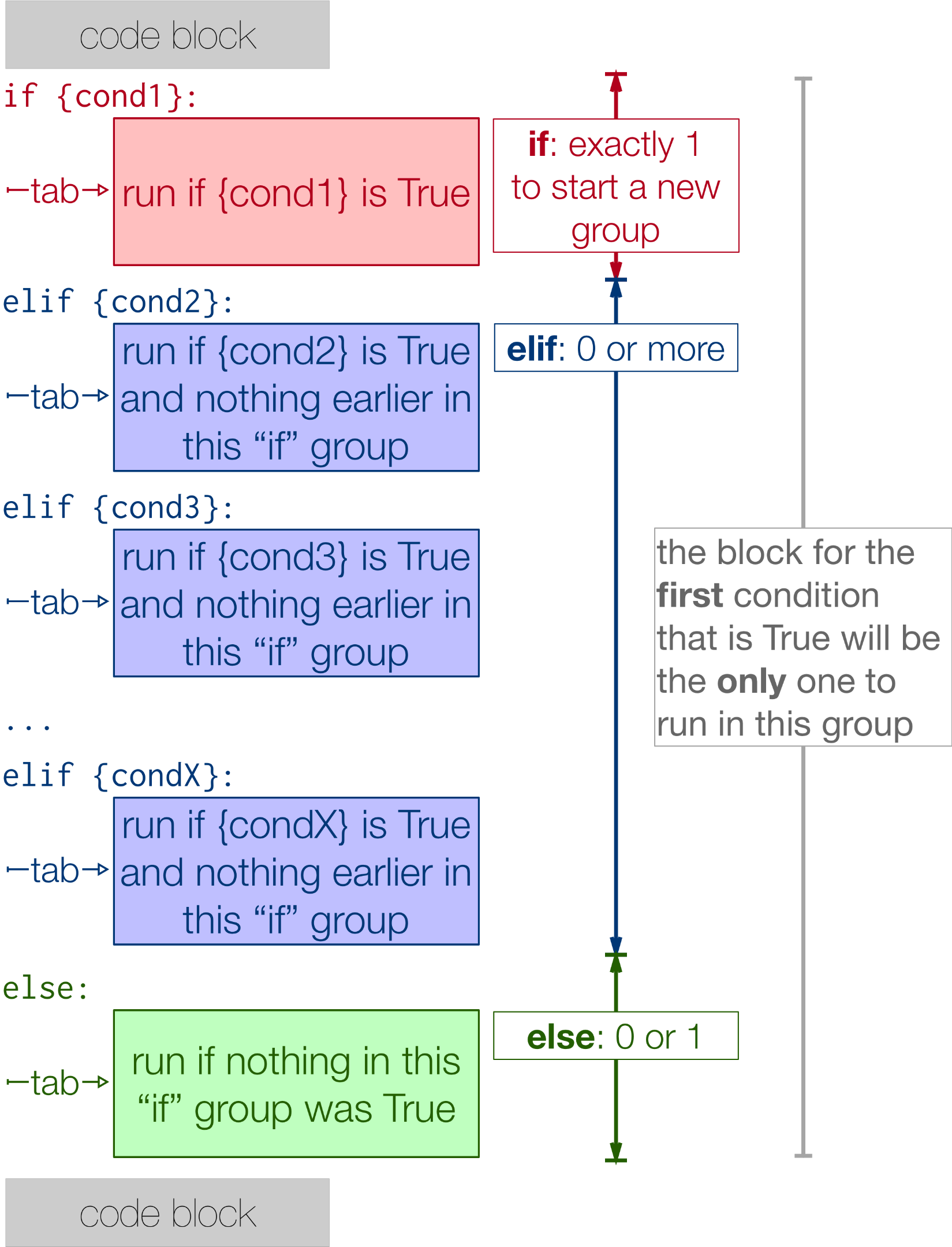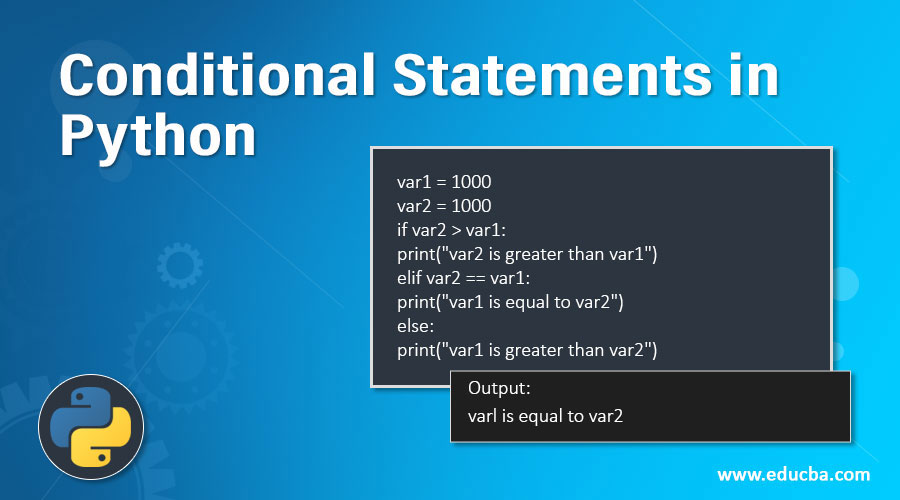How to write if condition in single line in Python?
How to write if condition in single line in Python?

I'm happy to help you with that!

In Python, you can use the following syntax to write an if statement in a single line:
result = 'True' if condition else 'False'
This is called a conditional expression or a ternary operator. It's a shorthand way of writing an if-else statement without using the traditional if-else structure.
Here's how it works:
Thecondition part is evaluated. If the condition is true, then 'True' is assigned to result. If the condition is false (i.e., the opposite of true), then 'False' is assigned to result.
For example, let's say you want to check if a variable x is greater than 5, and return 'Greater than 5' if it is, or 'Less than or equal to 5' otherwise. You can do this with the following code:
result = 'Greater than 5' if x > 5 else 'Less than or equal to 5'
This is equivalent to writing:
if x > 5:
result = 'Greater than 5'
else:
result = 'Less than or equal to 5'
But the conditional expression is much more concise and can be used directly as a value.
The benefits of using conditional expressions include:
Concise code: The code becomes shorter and easier to read. Reduced indentation: Since you don't need anif-else block, you can avoid deep levels of indentation in your code, making it more readable. Flexibility: You can use conditional expressions as values or variables, allowing for more flexible coding.
However, there are some limitations and considerations to keep in mind:
Readability: While the code may be shorter, it might not be immediately clear what's going on without reading the entire expression carefully. Complexity: The more complex your condition is, the harder it can be to read and maintain. Debugging: If something goes wrong, you'll need to debug the entire expression rather than being able to pinpoint a specific part of the code.In summary, Python's conditional expressions are a powerful tool for writing concise and efficient code. However, they should be used judiciously and with caution, especially when dealing with complex conditions or long expressions.
Python DataFrame if-else in one line

Here is a response in English only, as per your request:
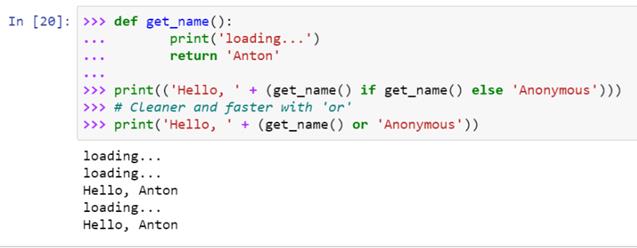
The if-else statement in Python can be implemented in one line using the .apply() method on a pandas DataFrame. This can be achieved by providing a lambda function that includes an if-else condition. Here's an example:
import pandas as pd Create a sample DataFramedata = {'Name': ['Tom', 'Nick', 'John', 'Emma'],
'Age': [20, 21, 19, 22],
'Grade': ['Freshman', 'Sophomore', 'Junior', 'Senior']}
df = pd.DataFrame(data)
Apply an if-else condition to the DataFramedf['Result'] = df.apply(lambda row: 'Pass' if row['Age'] >= 20 and row['Grade'] != 'Freshman' else 'Fail', axis=1)
In this example, we're applying a lambda function that checks two conditions:
The age must be greater than or equal to 20 The grade must not be 'Freshman'If both conditions are met, the result is 'Pass', otherwise it's 'Fail'. This condition is applied to each row of the DataFrame.
Here's the output:
Name Age Grade Result
0 Tom 20 Freshman Fail
1 Nick 21 Sophomore Pass
2 John 19 Junior Fail
3 Emma 22 Senior Pass
As you can see, the if-else condition has been applied to each row of the DataFrame and the resulting 'Pass' or 'Fail' is stored in a new column called Result.
This one-liner approach can be particularly useful when working with large datasets or when you need to perform complex conditions on specific columns.










